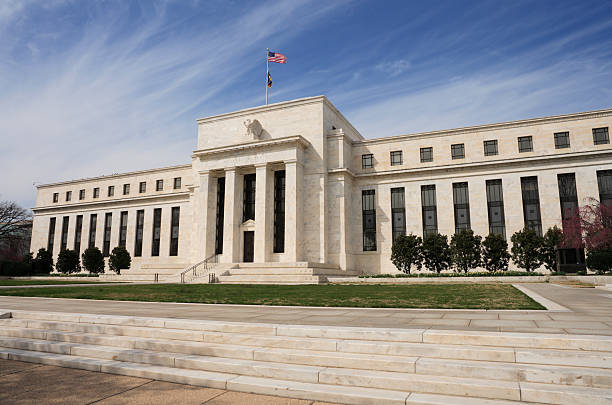
The recent movements in the U.S. Treasury market reflect a broader recalibration of expectations around Federal Reserve policies. Following a period of intense speculation about potential rate cuts, strong economic indicators have prompted a reassessment among investors. The five-year Treasury yield’s ascent to its highest point this year signifies market reactions to data that underscores the economy’s resilience. The substantial increase in yields, particularly after the Institute for Supply Management’s (ISM) report showed service-sector activity outpacing forecasts, has cast doubt on the immediate likelihood of rate reductions.
Reevaluation Following Employment Data
The bond market’s response to unexpectedly robust January employment data has been notably bearish, highlighting the delicate balance the Federal Reserve must strike. The swift rise in yields, especially in the short end of the curve, underscores a broader market sentiment that the Federal Reserve may need to maintain a restrictive monetary stance longer than initially anticipated to ensure inflation returns to target levels without destabilizing economic growth.
Fed Officials Signal Cautious Path Forward
Federal Reserve Chair Jerome Powell and Minneapolis Fed President Neel Kashkari’s remarks have played a crucial role in tempering expectations for early rate cuts. Their emphasis on requiring more data to confirm a sustainable trajectory towards the 2% inflation target echoes a sentiment of caution. This stance, coupled with the forthcoming speeches from other central bank officials, suggests a unified message of patience and data dependency in the Fed’s approach to future rate adjustments.
Market Dynamics and Global Implications
The shift in market expectations is not isolated to the United States. European bond yields have also experienced upward pressure, indicating a global reassessment of monetary easing timelines. The adjustment in forecasts for rate cuts by the European Central Bank and the Bank of England further exemplifies the interconnectedness of global financial markets and the influence of U.S. economic indicators and Federal Reserve policies on worldwide interest rate expectations.
Investor Sentiment and Future Outlook
The transition from a near-consensus expectation of imminent rate cuts to a more measured outlook reflects the complex interplay of economic indicators, central bank communications, and market sentiment. As investors navigate this landscape, the emphasis on upcoming economic data releases and central bank guidance underscores the ongoing uncertainty and the challenges of forecasting monetary policy trajectories in a post-pandemic world.
The evolution of Treasury yields and the broader bond market will continue to be closely watched as barometers of both economic health and expectations for Federal Reserve actions. As the data unfolds, the market’s interpretation of this information will be crucial in shaping the outlook for interest rates, inflation, and economic growth in the months ahead.
Featured image credit: fstockfoto via Getty Images
